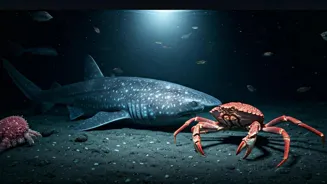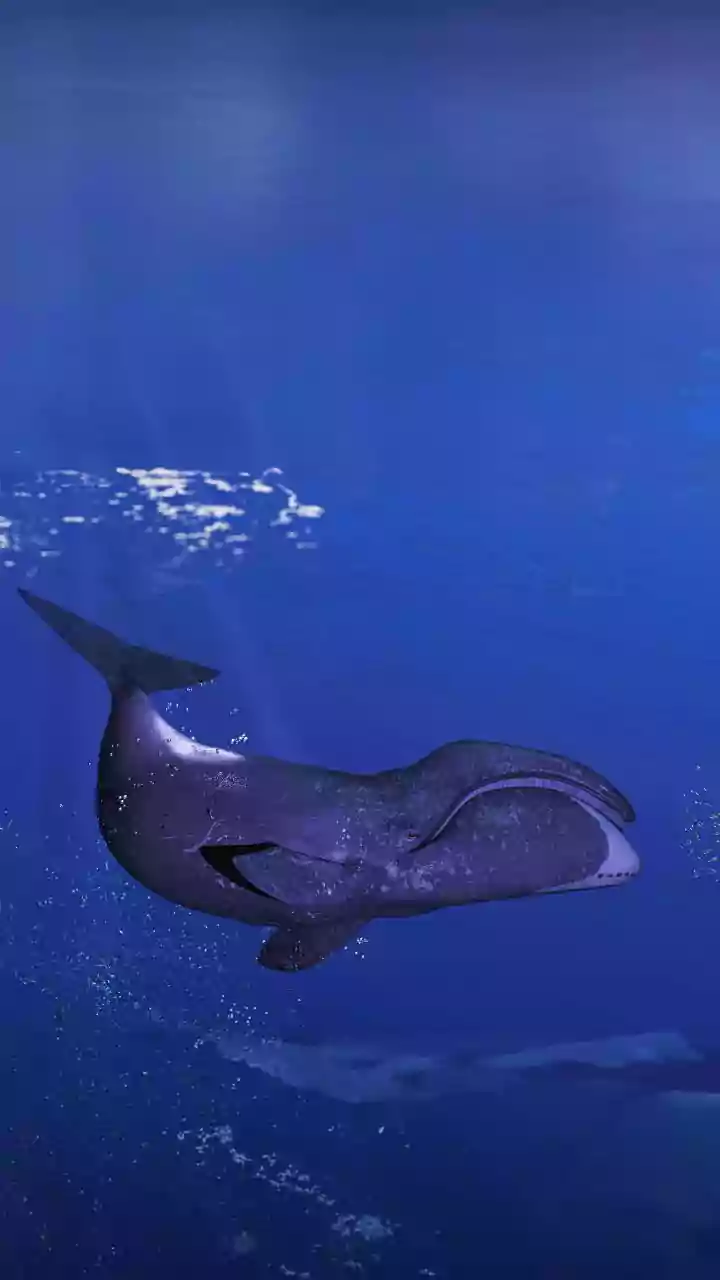Oceanic Exploration Begins
The vast expanse of the deep ocean continues to hold secrets, with new species constantly being uncovered by researchers. A recent scientific expedition
off the coast of Western Australia yielded a particularly exciting result: the discovery of a new species of deep-sea shark and a crab previously unknown to science. These findings represent a significant contribution to our understanding of marine biodiversity. The team of scientists involved in this expedition conducted extensive research. They used advanced underwater vehicles and collection methods to explore the previously inaccessible depths of the ocean. Each new discovery is a reminder of the importance of continued scientific investigation to explore and understand the richness of life in our oceans.
Shark's Underwater Habitat
The newly discovered species of deep-sea shark inhabits the dark and cold environment of the deep ocean. Scientists are still learning about the shark’s specific characteristics and how it survives in this unique habitat. These sharks are adapted to thrive in the high-pressure environments of the deep sea. Their physical characteristics, such as their skeletal structure and their ability to process oxygen, help them to live in these extreme conditions. The discovery of this shark provides an interesting glimpse into the variety of life in these deep environments, showcasing that even the most isolated regions of the Earth are capable of supporting a diverse range of life. Further studies on the species will provide more information regarding their behaviour and the role that they play in their environment.
Crab's Extraordinary Features
Alongside the shark, researchers identified a new species of crab, adding further depth to the oceanic discoveries. This crab also showcased distinctive adaptations to survive in its deep-sea environment. Much like the shark, the crab has features that allow it to thrive in the challenging conditions of the ocean's depths. Its unique physical traits, such as its shell structure and feeding mechanisms, highlight the evolutionary adaptations necessary for survival in this extreme environment. These newly identified creatures provide a window into the evolution of life in the deep sea. These discoveries underscore the need for continual investigation of the oceans, and the value of conserving the unexplored environments that are yet to reveal their secrets.
Significance of Findings
The discovery of these new species carries immense significance. It underscores the importance of protecting marine ecosystems and the urgent need for further research. The discovery of these species adds to the global tally of known marine life. It provides a better understanding of the complexity of life within the oceans. These findings underscore the vastness of the unknown. They encourage the scientific community to push the boundaries of exploration. They also serve as a reminder of the responsibility to understand and conserve our planet's biodiversity, particularly in the face of climate change and other environmental threats. The deep sea, in particular, is a fragile ecosystem.
Future Research and Conservation
Future research efforts will focus on learning more about these newly discovered species, their behaviors, and their roles in the deep-sea ecosystem. This research will help scientists understand how these creatures interact with their environment and the overall health of the marine ecosystem. Conservation initiatives will also be essential to protect these new species and their habitats from potential threats. Scientists will work to understand the population sizes, their diets, and any environmental changes that could impact their survival. Conservation efforts will include establishing marine protected areas to safeguard these unique habitats from the impacts of human activities, such as pollution, overfishing, and habitat destruction. Education and awareness campaigns will also be crucial in helping people understand and appreciate the value of marine biodiversity.





.webp)

